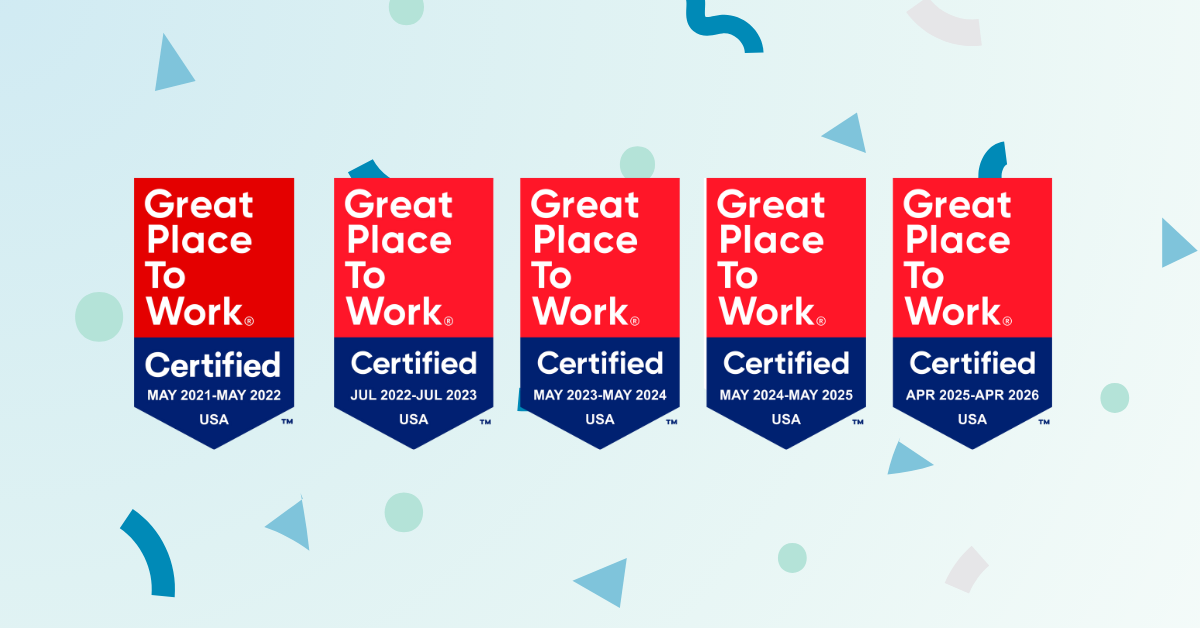As more and more firms establish policies and procedures for employees working from home due to the pandemic, legal professionals must always employ secure methods of communication.
Technology both makes communication easier and security more of a challenge. Here are some technical considerations for the most frequently used platforms that law firms and their employees should keep in mind.
Best practices for phone calls
Most office phone systems can be set up to forward incoming calls. This allows employees to have their calls diverted to phone numbers that they can use while working from home before leaving the office.
Phone systems can also be set up to divert calls without ringing, when the main line is busy, when a call goes unanswered, or when the phones are turned off. This allows for setting boundaries and flexibility to account for differences in
If your system does not support call forwarding, you can set up an out-of-office message with an alternate number and provide that number to clients.
Using Wi-Fi calling
For those who do not have optimum cell reception in their home, most cellular providers support Wi-Fi calling, which allows a smartphone user to place and receive calls (and text messages) over a wireless internet connection instead of the usual cellular connection.
Wi-Fi calling typically utilizes higher data speeds than most cellular connections, and only the caller needs a smartphone that supports Wi-Fi calling. The receiver of the call can be on a wireless, cellular, or landline connection.
Videoconferencing tips and tricks
When a legal team works from home, communicating via videoconferencing applications – Zoom, Skype, Google Hangouts, Microsoft Teams, Legaler, and others – can effectively replace face-to-face meetings. But this, for many firms, is the newest and therefore the most challenging piece of technology.
Some best practices regarding videoconferencing:
- Ensure that the platform you choose uses end-to-end encryption.
- Confirm that all conference participants are on the same platform.
- Put a backup option in place in the event that the primary service becomes unavailable.
- Mute notifications before joining a videoconference.
- Take care not to display confidential or privileged documents while screen sharing.
- Test calls before meetings to ensure that everyone can hear without echoing or static
Read more: Videoconferencing tips for making the most of virtual meetings>>
Ensuring email security
According to American Bar Association Formal Opinion 477R, lawyers must assess the sensitivity of their communications on a case-by-case basis. For especially sensitive matters, they should use encrypted email or secure client portals.
If you use an email program that is dependent upon a local server, consider switching to something secure and cloud-based when working remotely to ensure that team members will be able to access email from anywhere.
Considering instant messaging
Modern platforms such as Slack and Microsoft Teams can also replace or supplement in-person communications as instant messaging tools can be less disruptive than phone calls. These platforms are typically cloud-based, can be implemented quickly, and can keep team members connected with very little effort.
These tools allow for the creation of channels devoted to specific matters, topics, or teams,. Some services, such as Microsoft Teams, allow for the sending and storing of files. It’s important that firms set clear expectations regarding the types of documents that may be sent using such services or consider disabling those features if firm security standards cannot be met.
Effectively managing documents
Most firms utilize a document management system. But what kind of system does your firm use? It is important to note the differences between local and cloud-based document management systems. While local systems need a remote desktop setup to function out of the office, cloud-based systems often work remotely with little or no difficulty.
Regardless of which type of document management system your firm uses, it is critical that attorneys and staff working remotely continue to store their documents and emails in the system. Saving documents on a local computer or in separate email files can lead to security problems or insufficient access to key documents.
Read more: Answers to top questions from the Managing digital documents webinar>>
Creating reliable backups
Backups of documents stored in a document management system are taken care of automatically, but firms should also ensure that any documents stored outside the system (if the system becomes unavailable) are adequately backed up offsite.
If a cloud-based backup system is used, one suggestion is to configure it so that the initial backup takes place during the evening so that remote work during office hours is not affected.
No matter where firms were in the process of acclimating to technology, the onset of the pandemic created brand new challenges for every business, at some level. As your firm continues to navigate the new normal, continue to consider how to leverage technology to improve practices while ensuring security.








